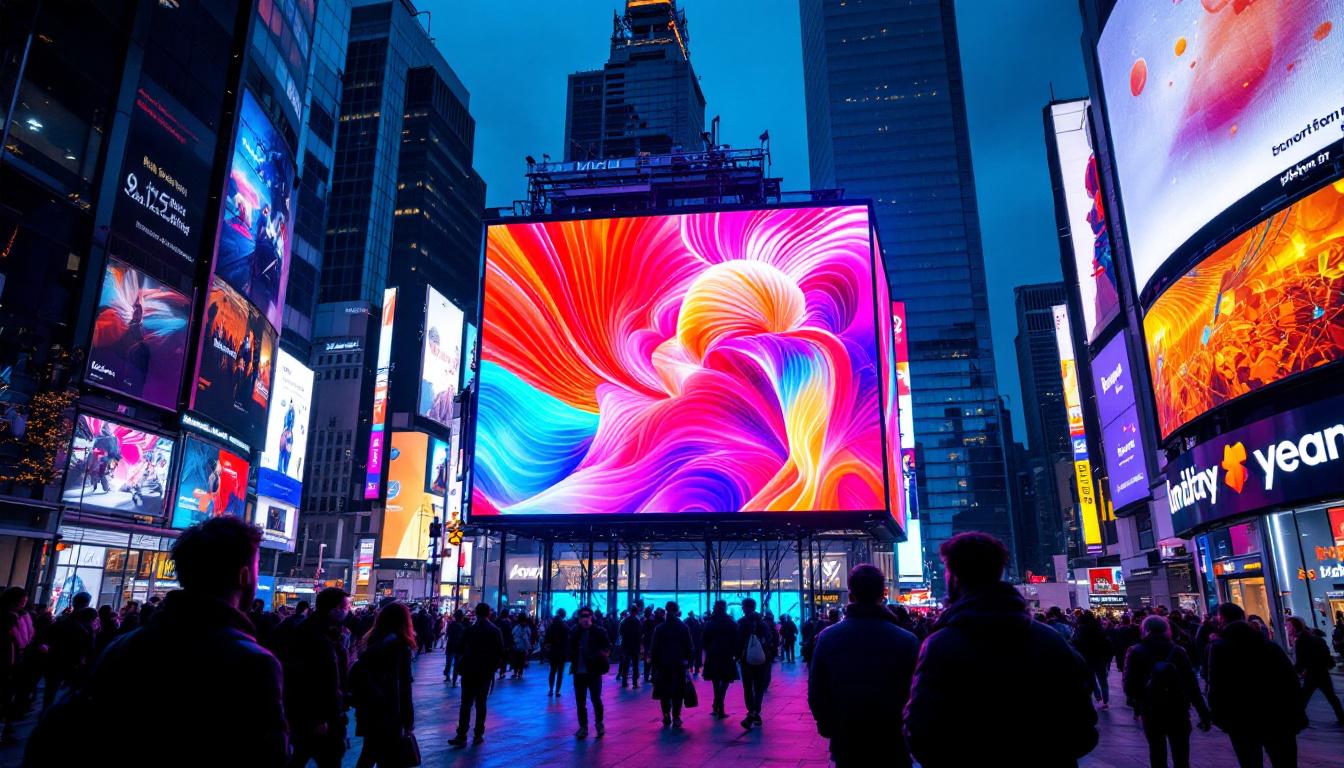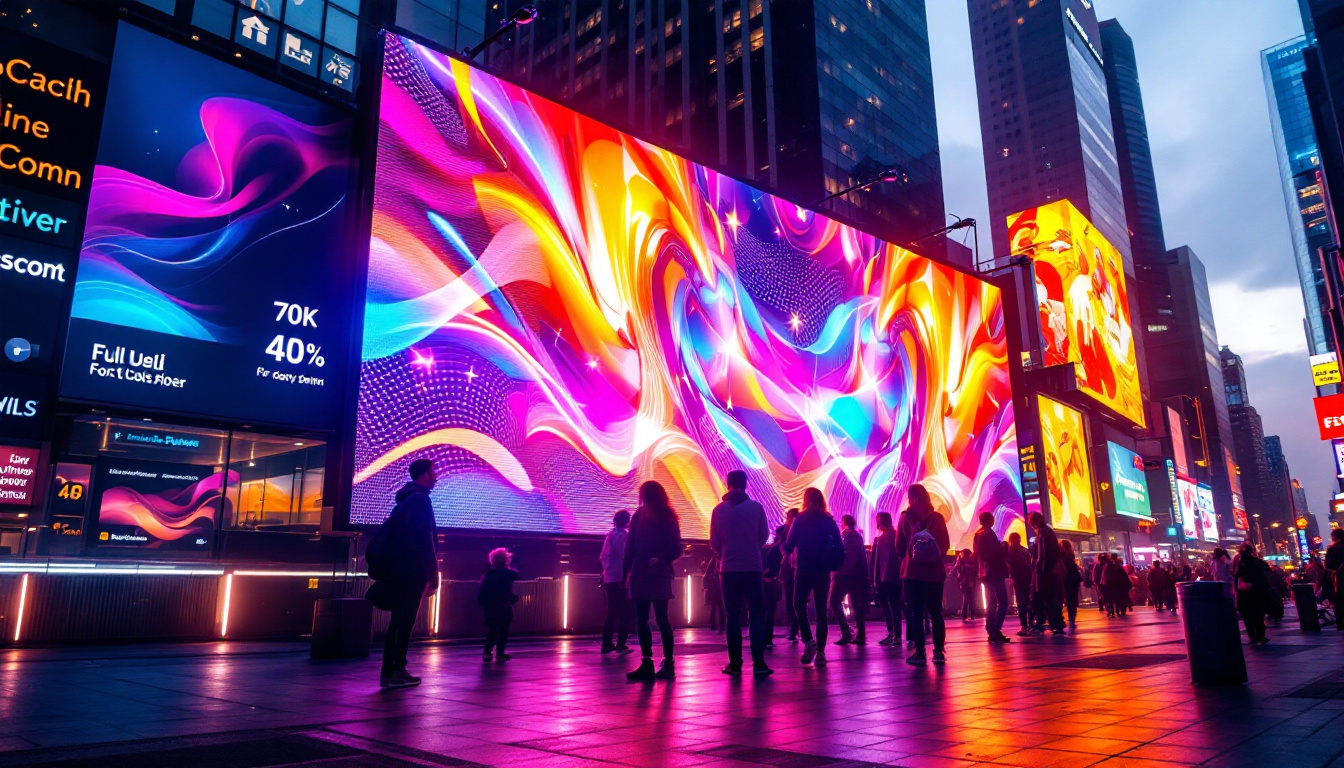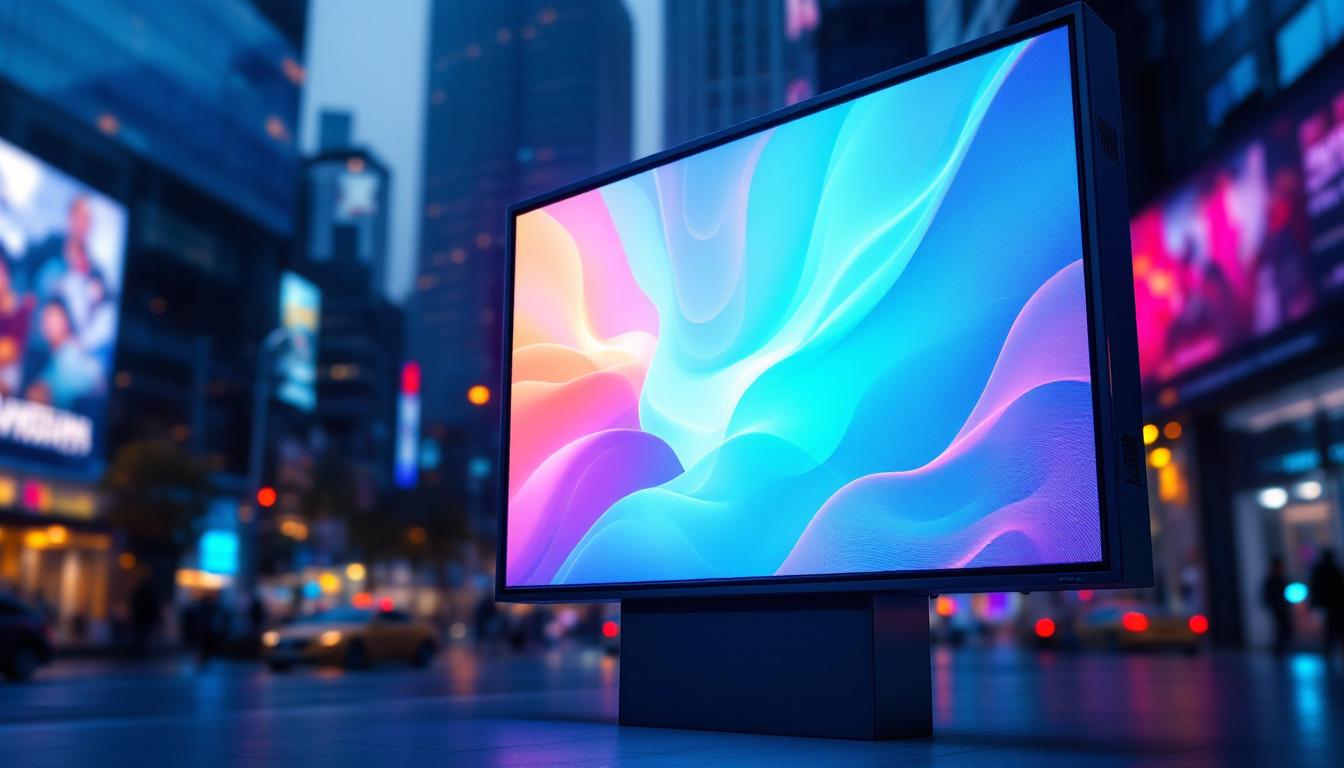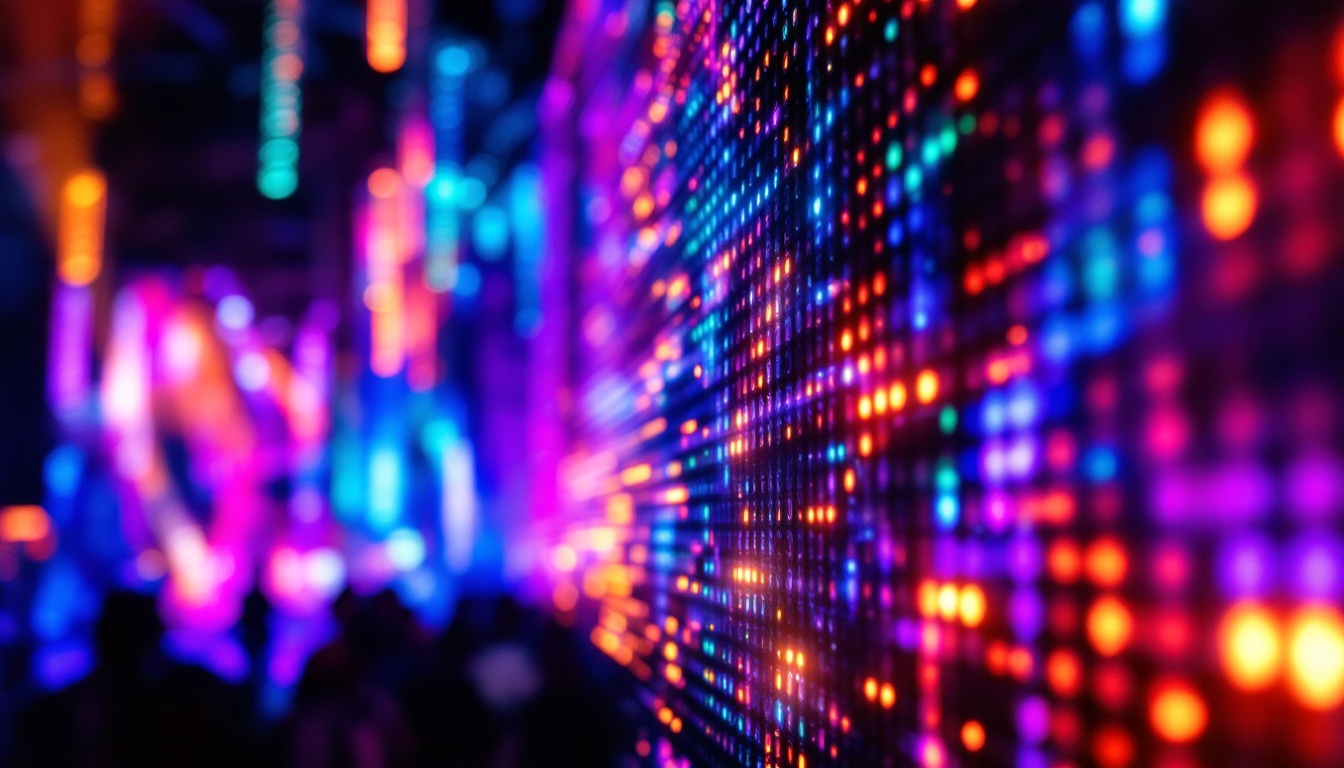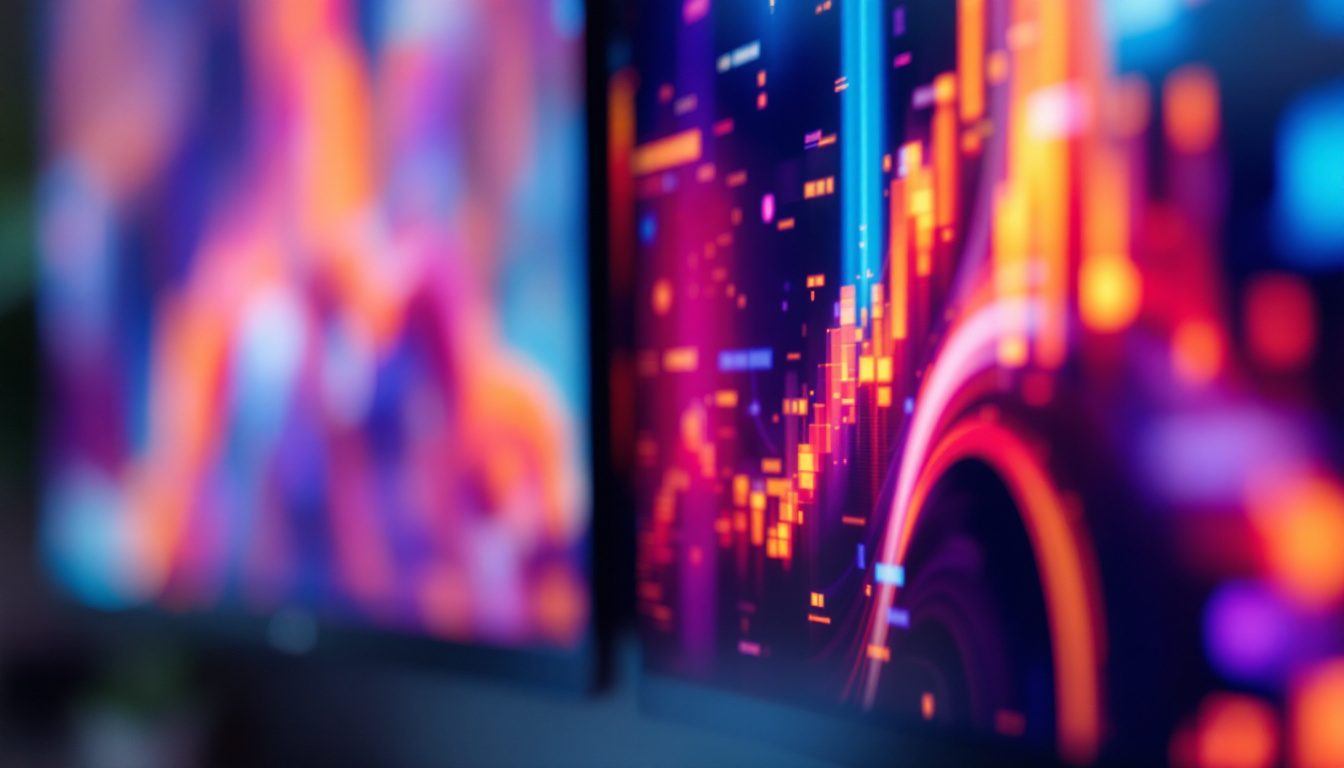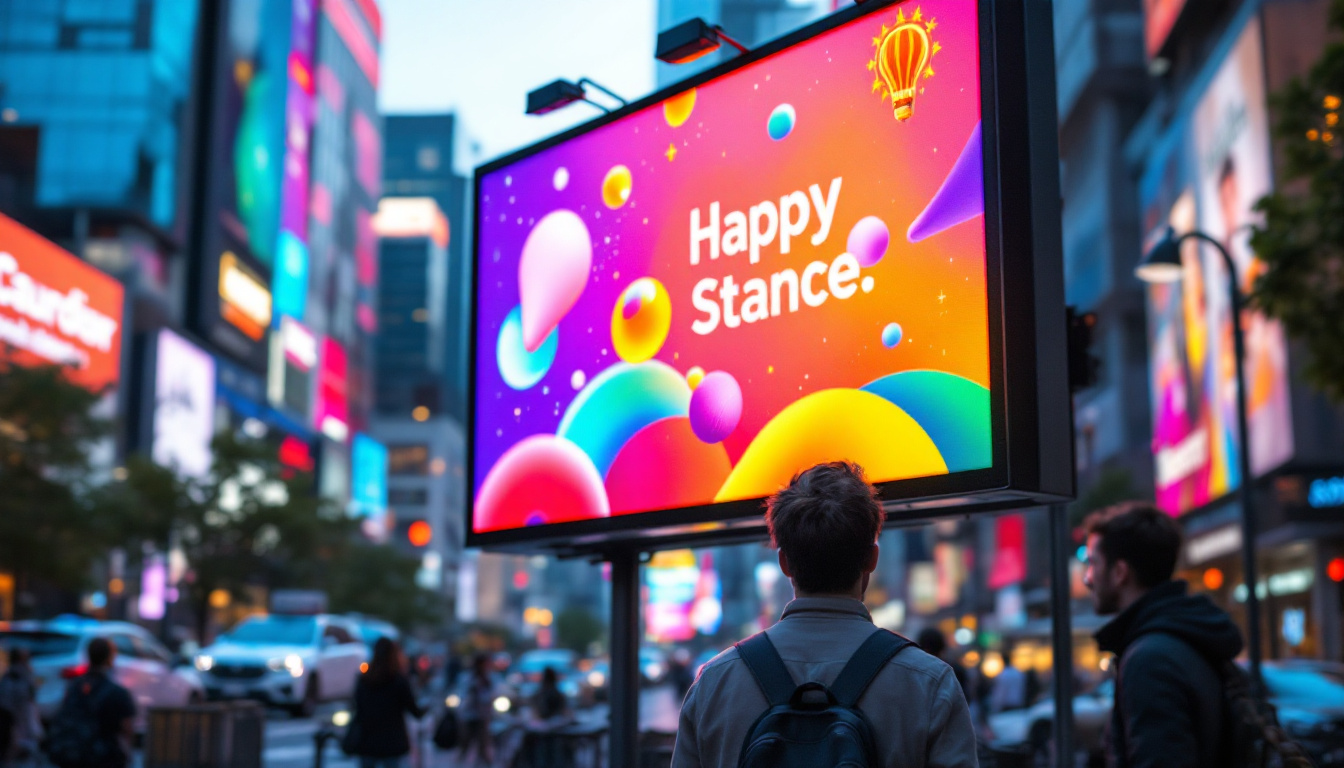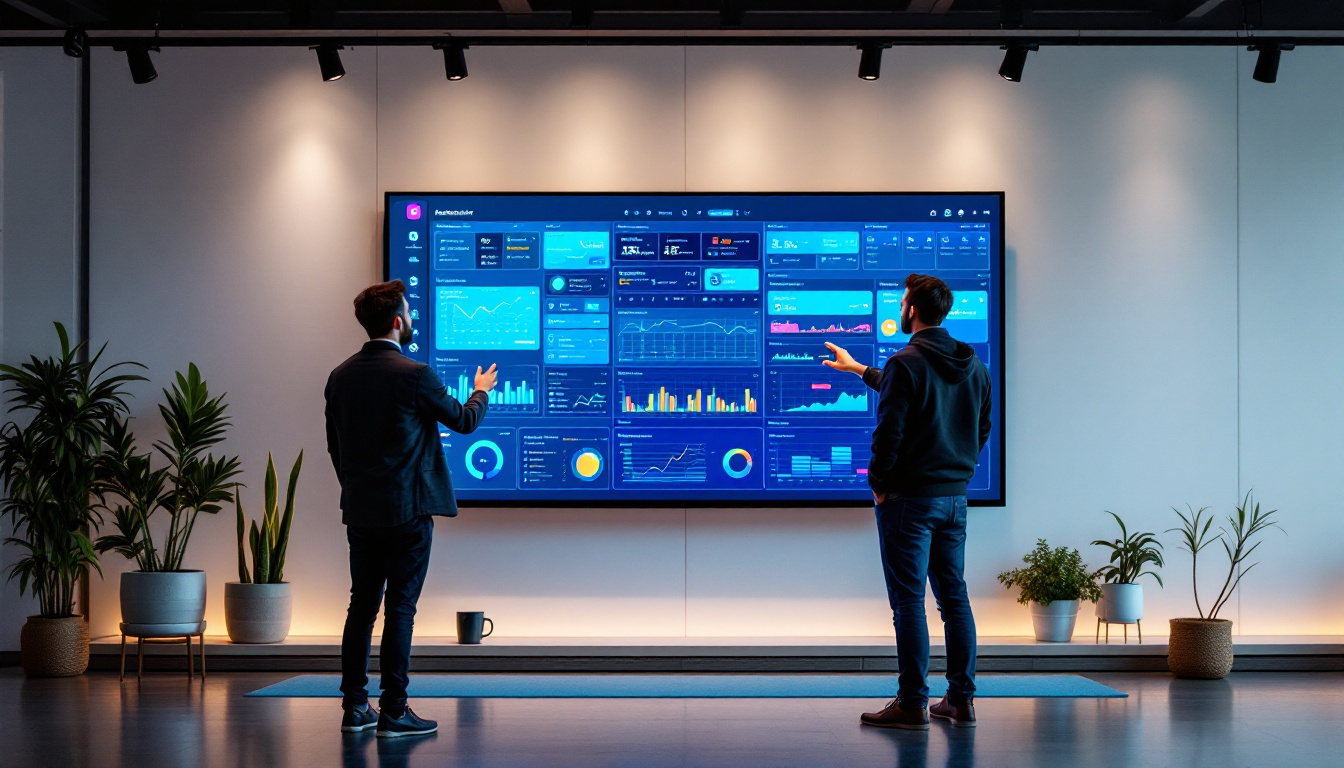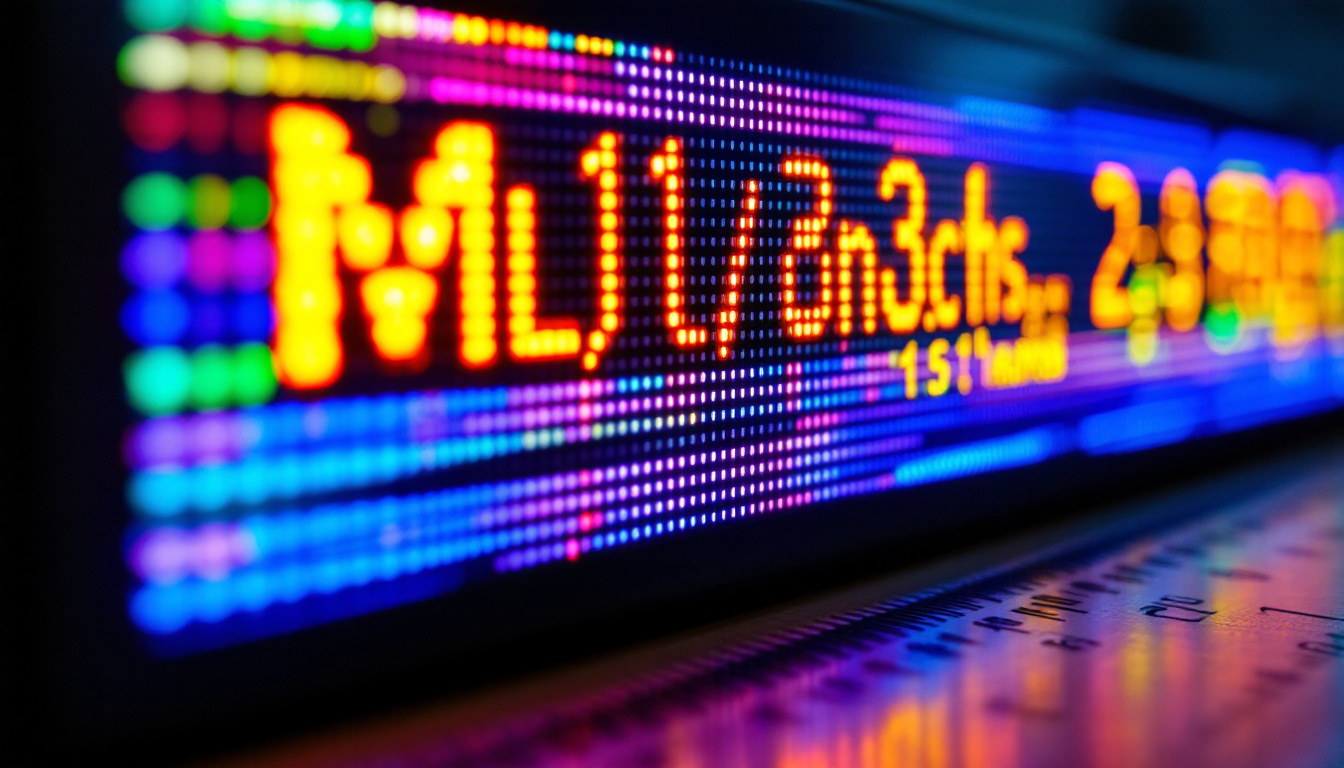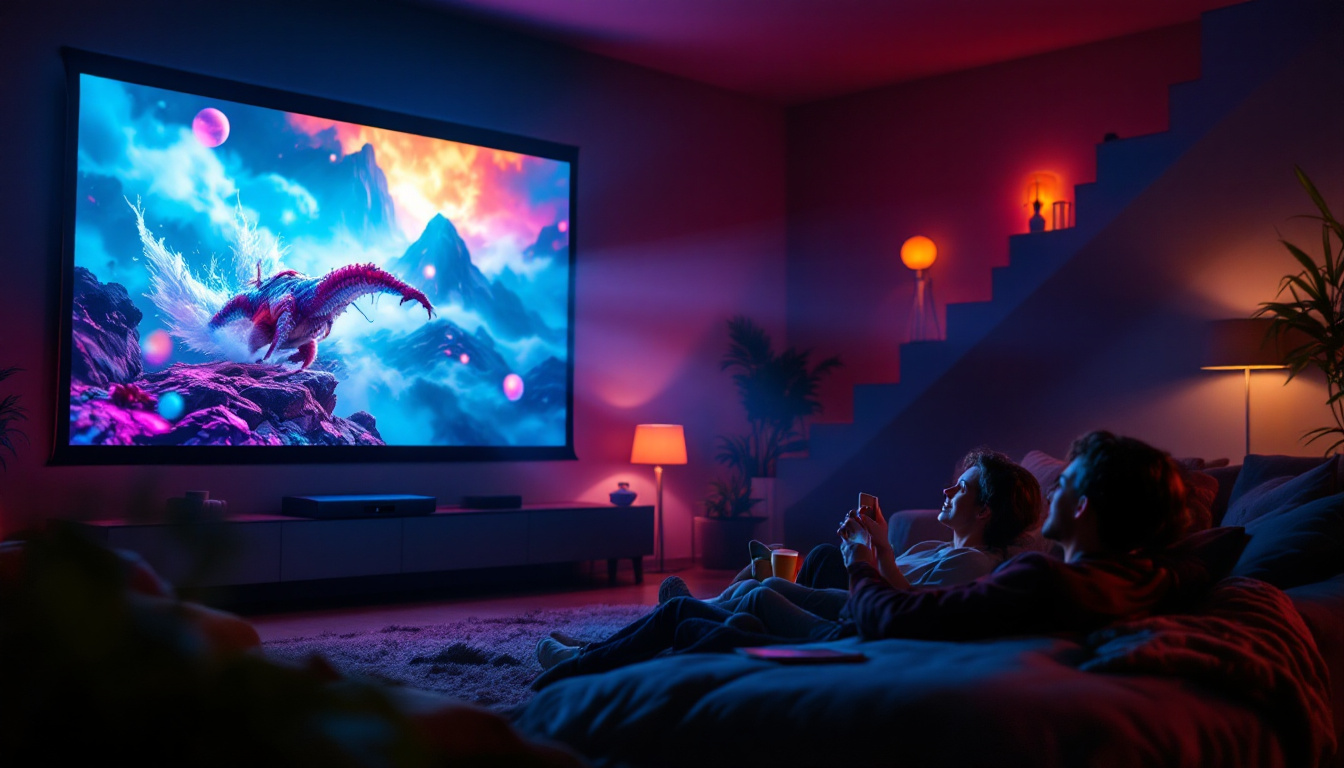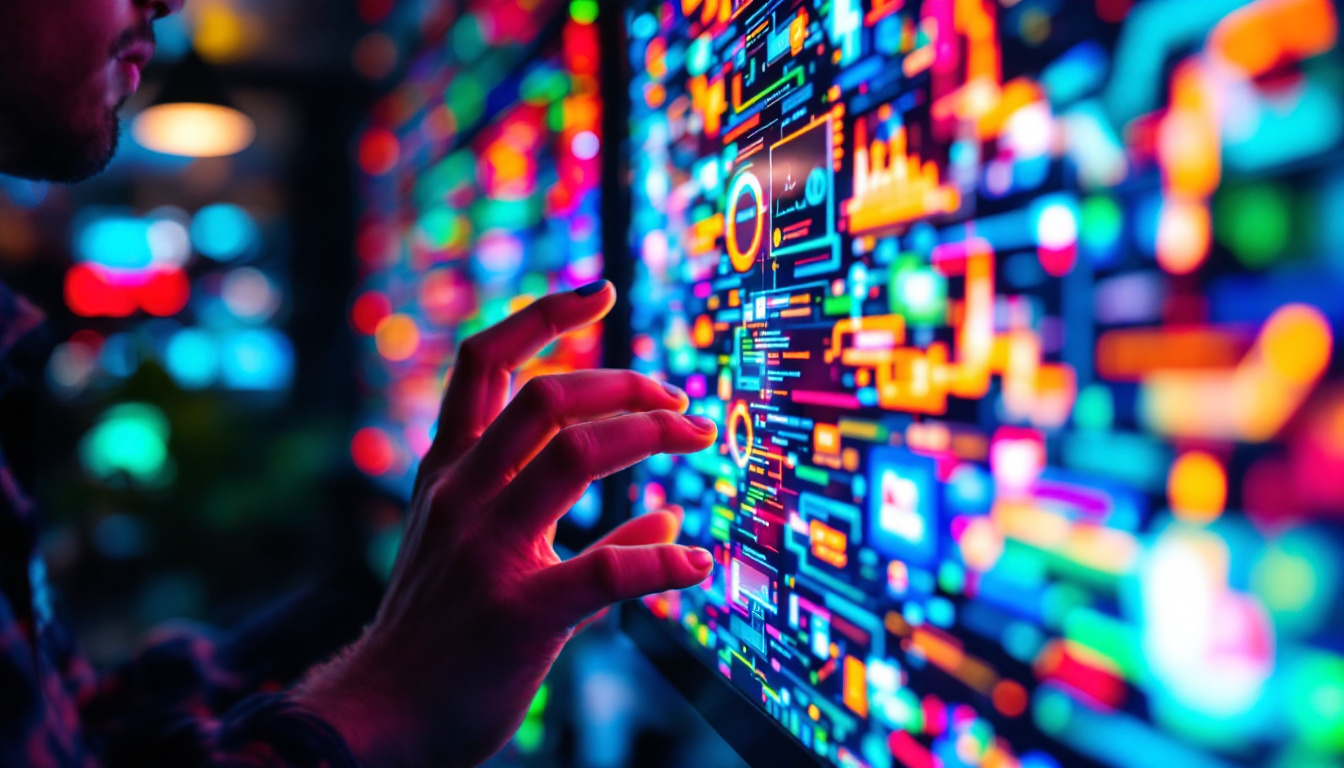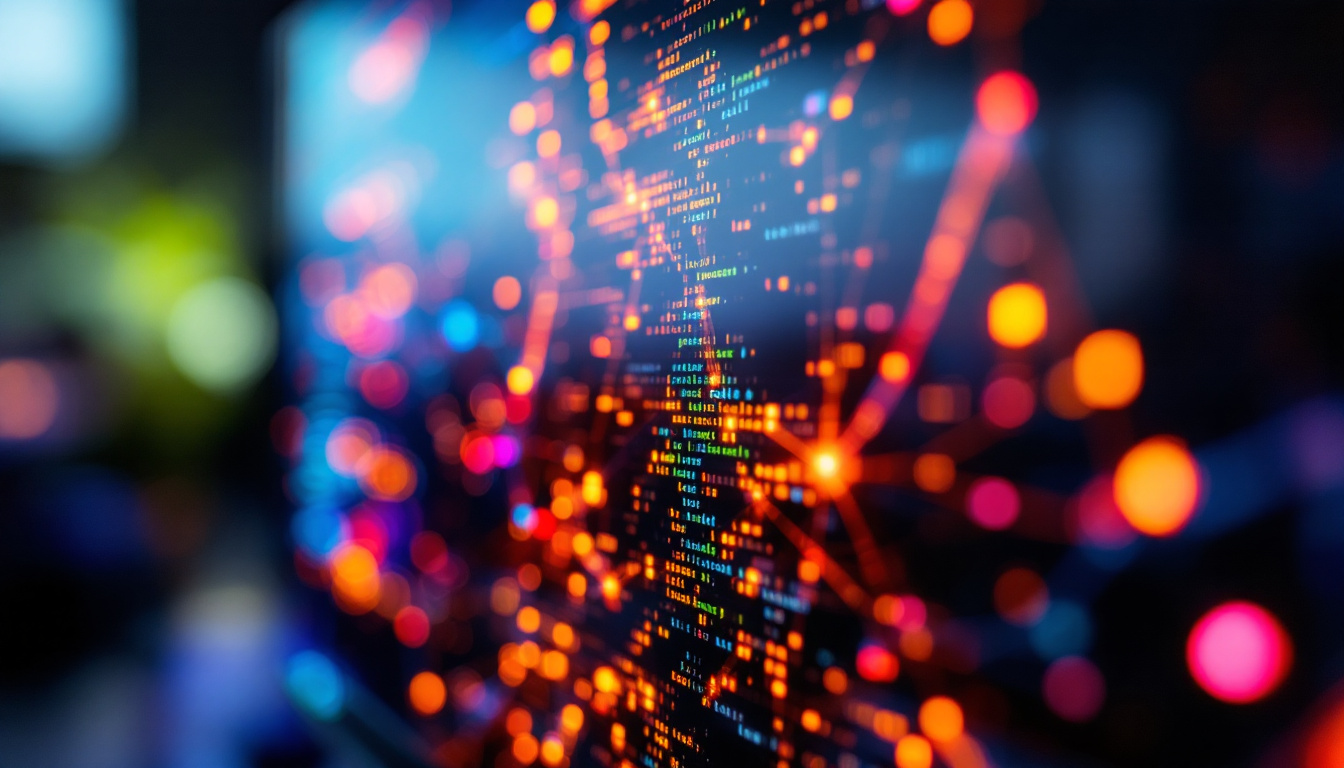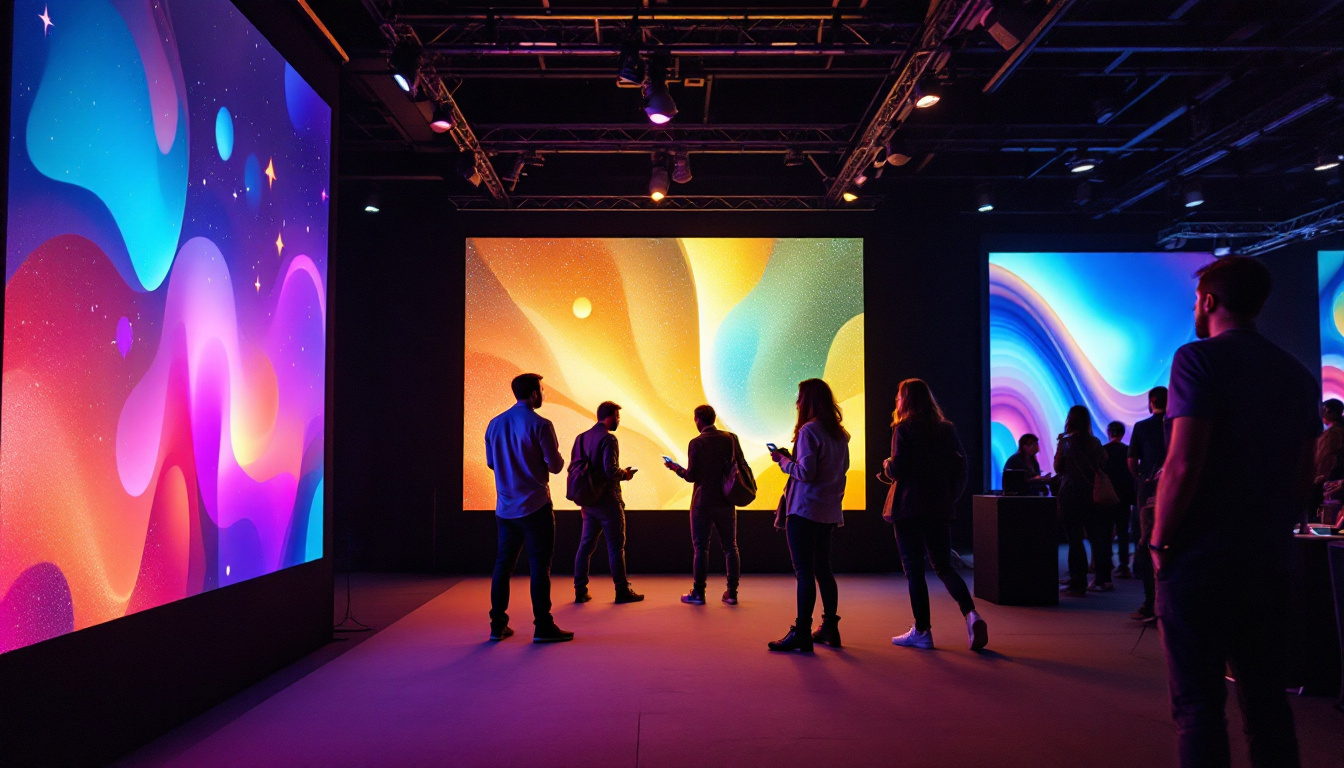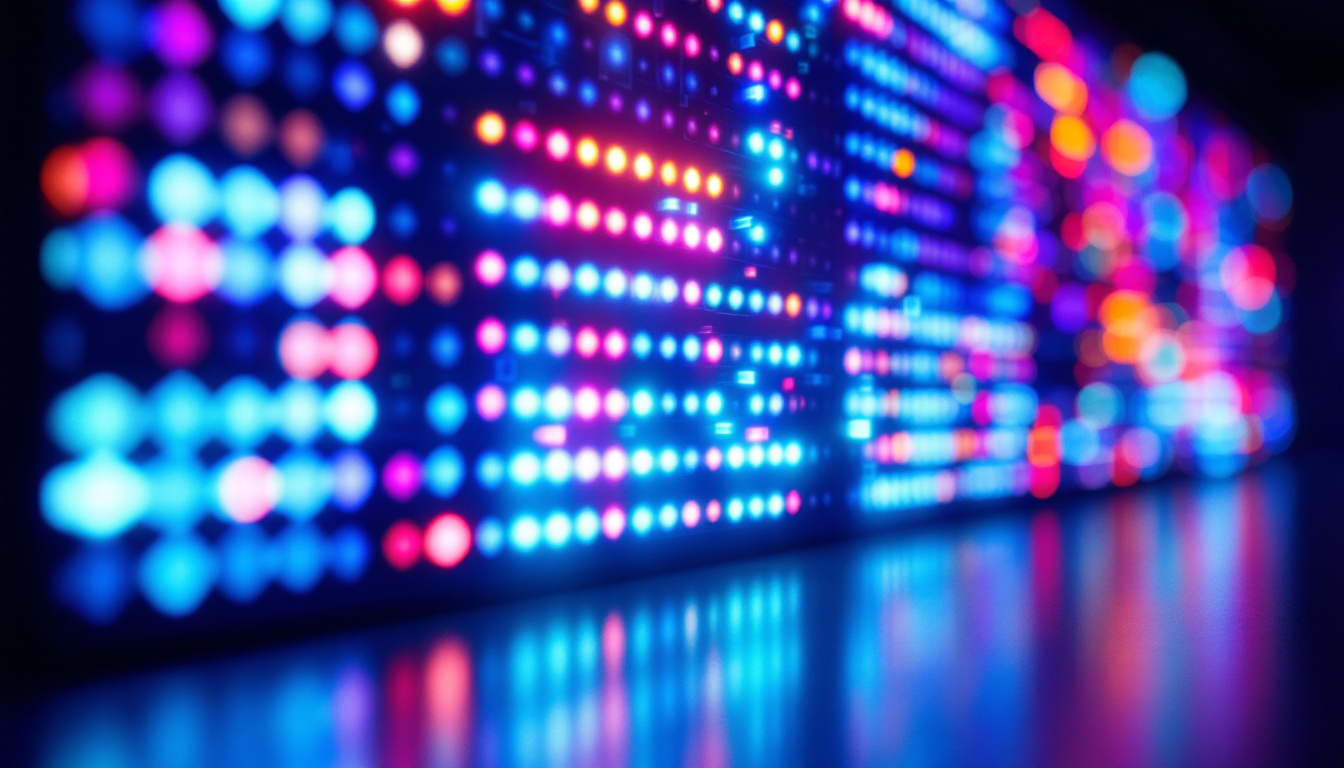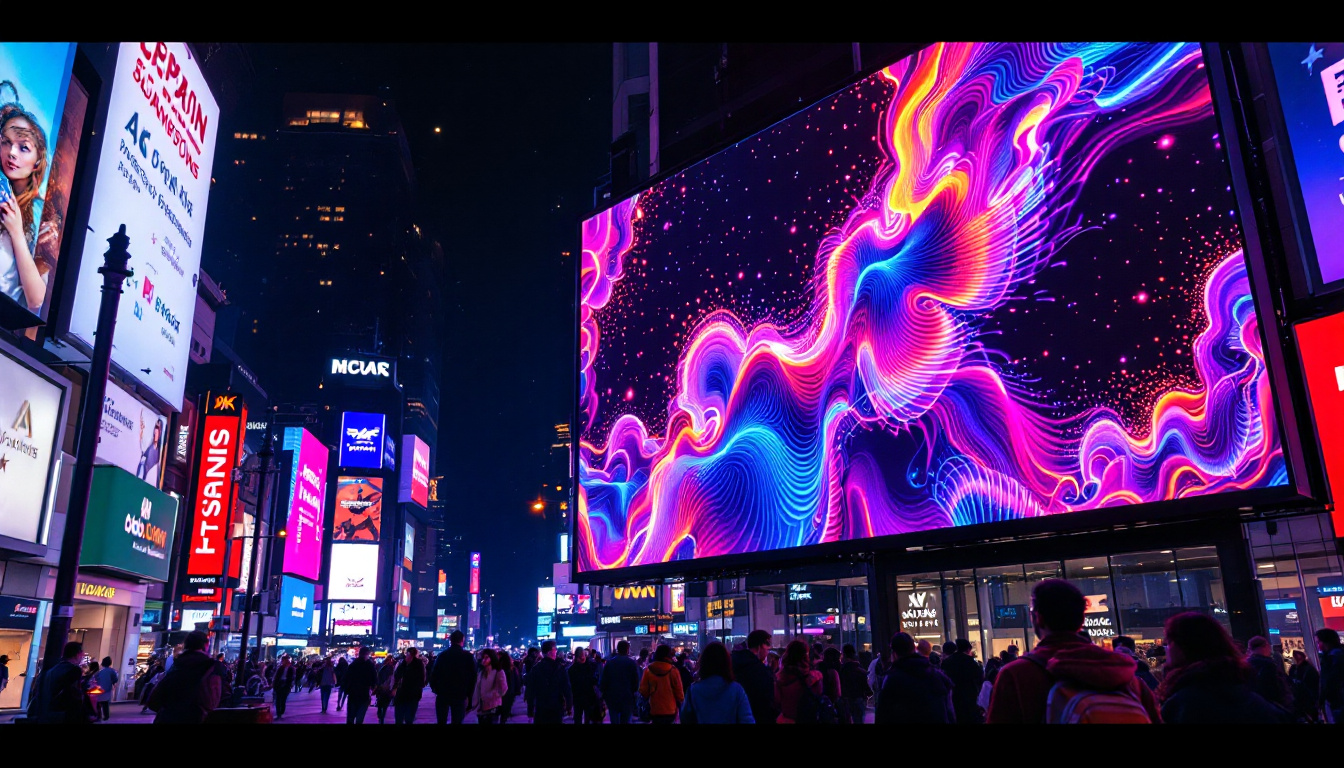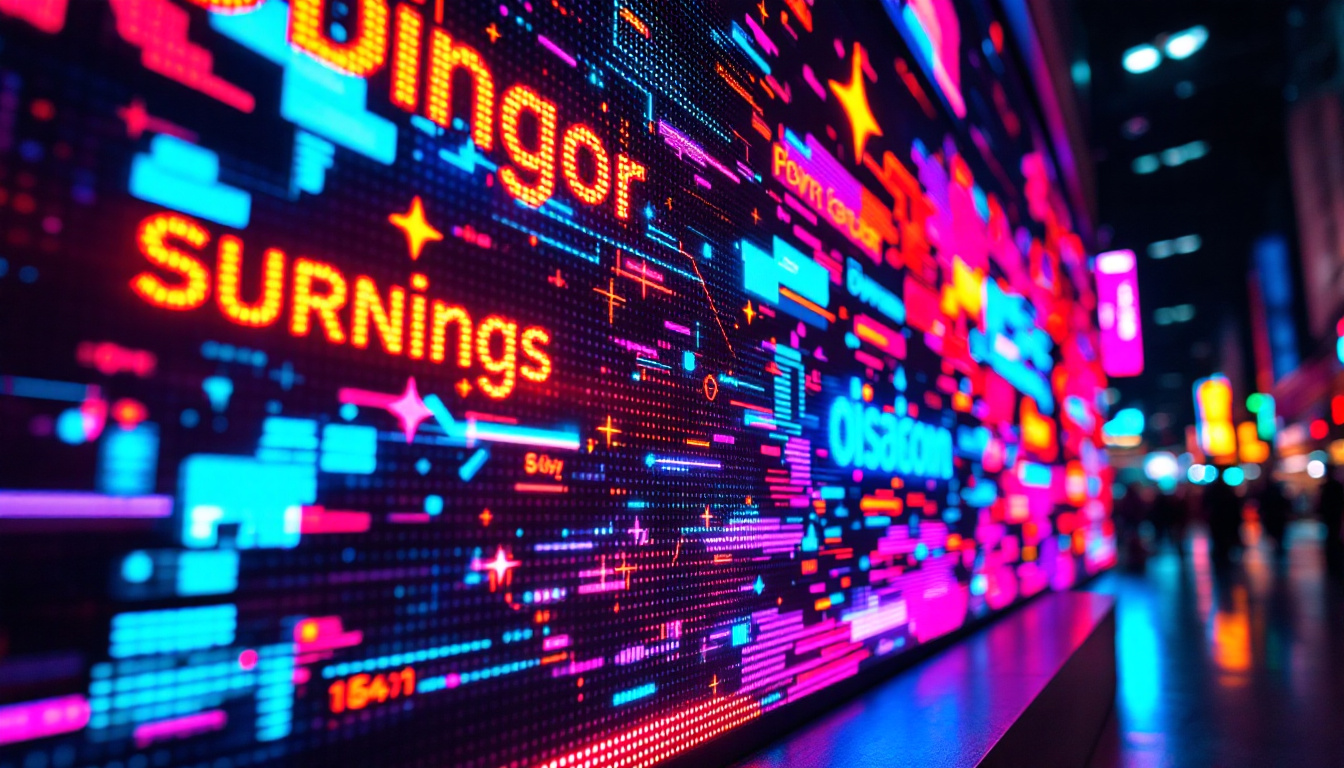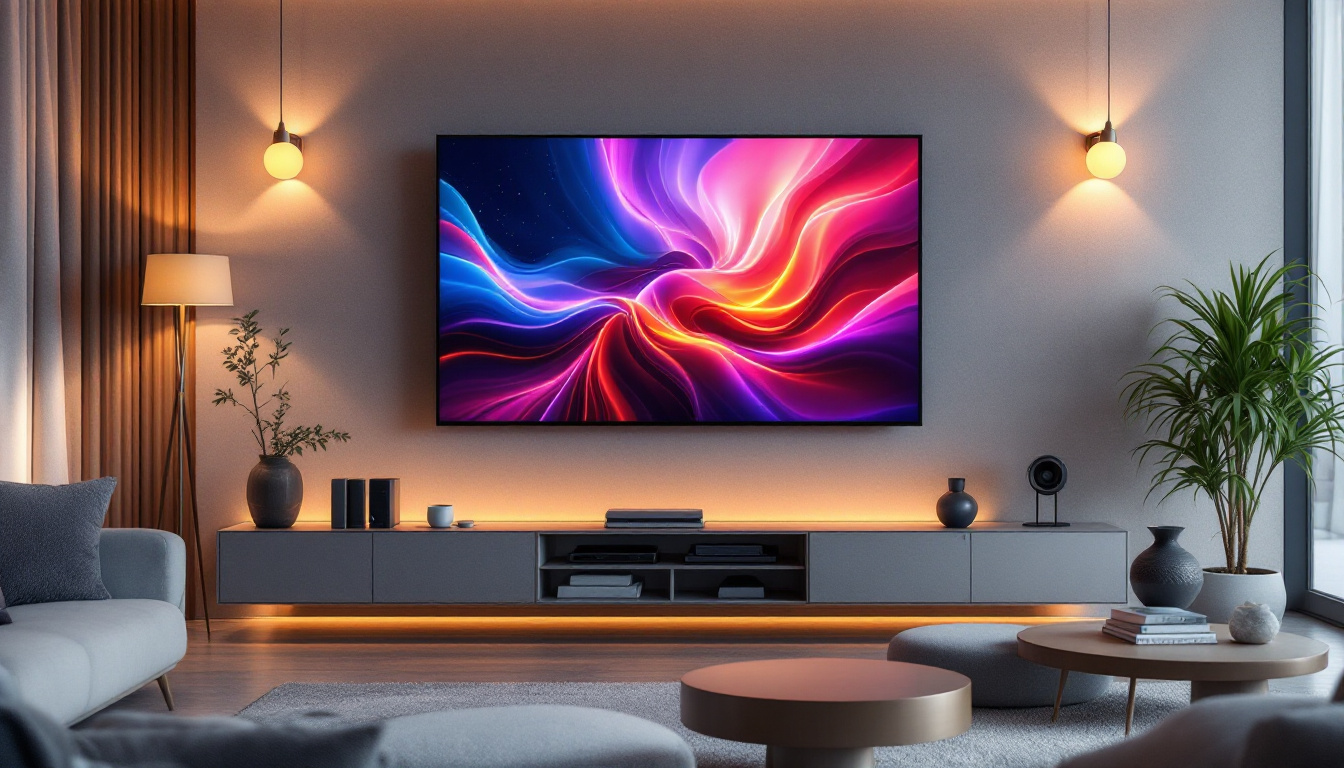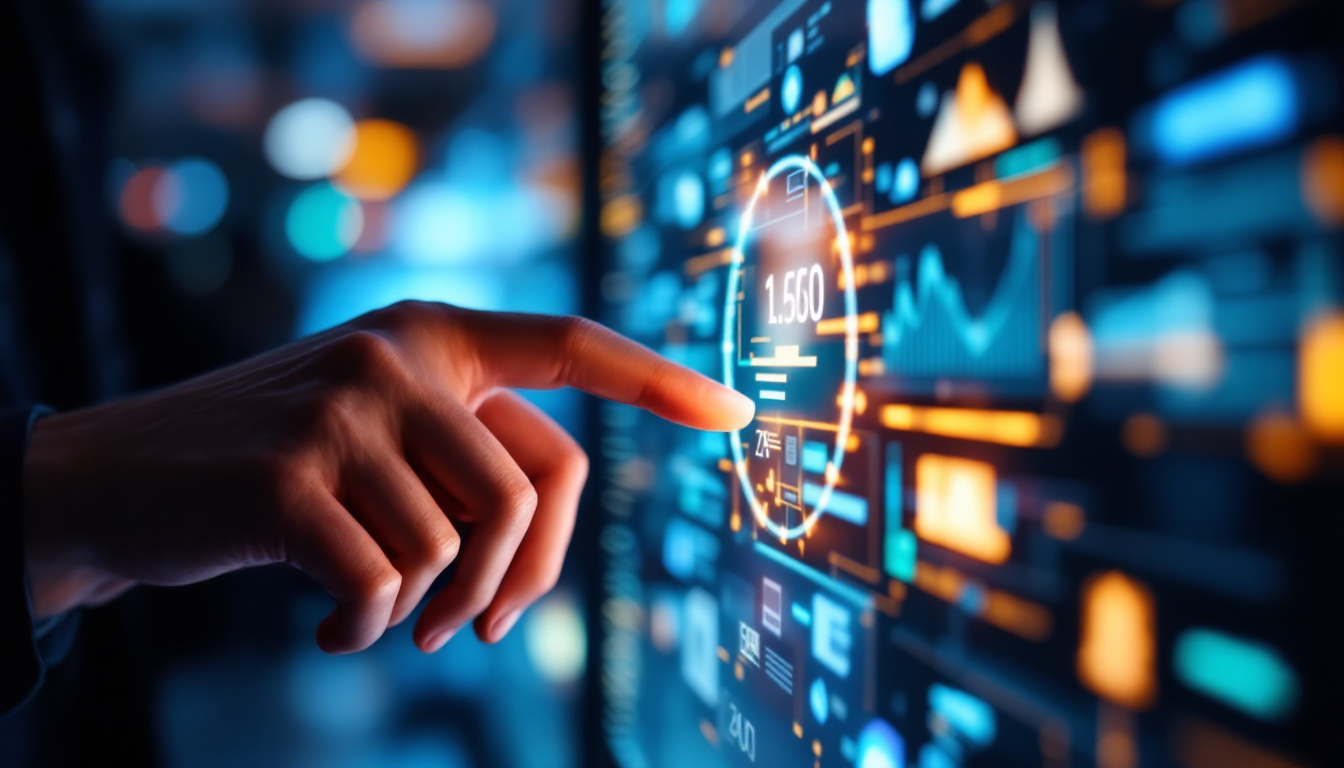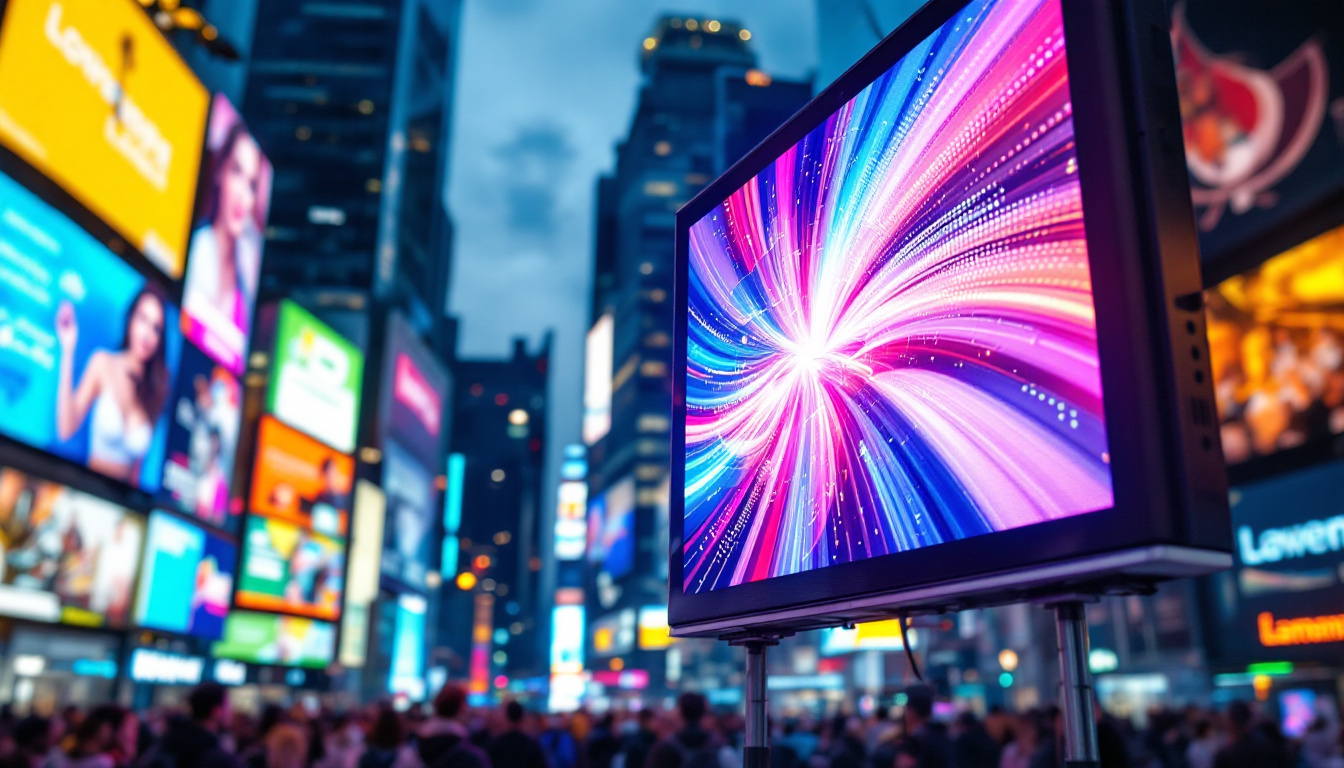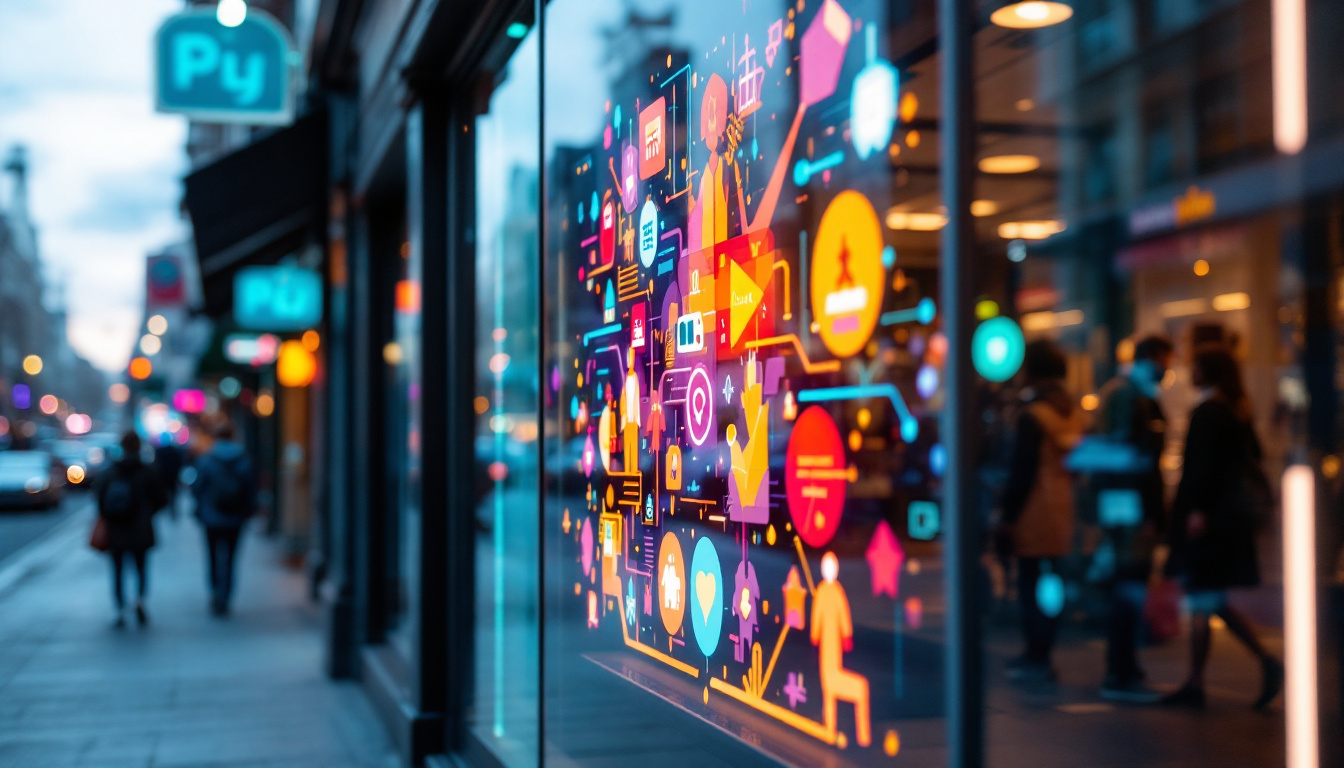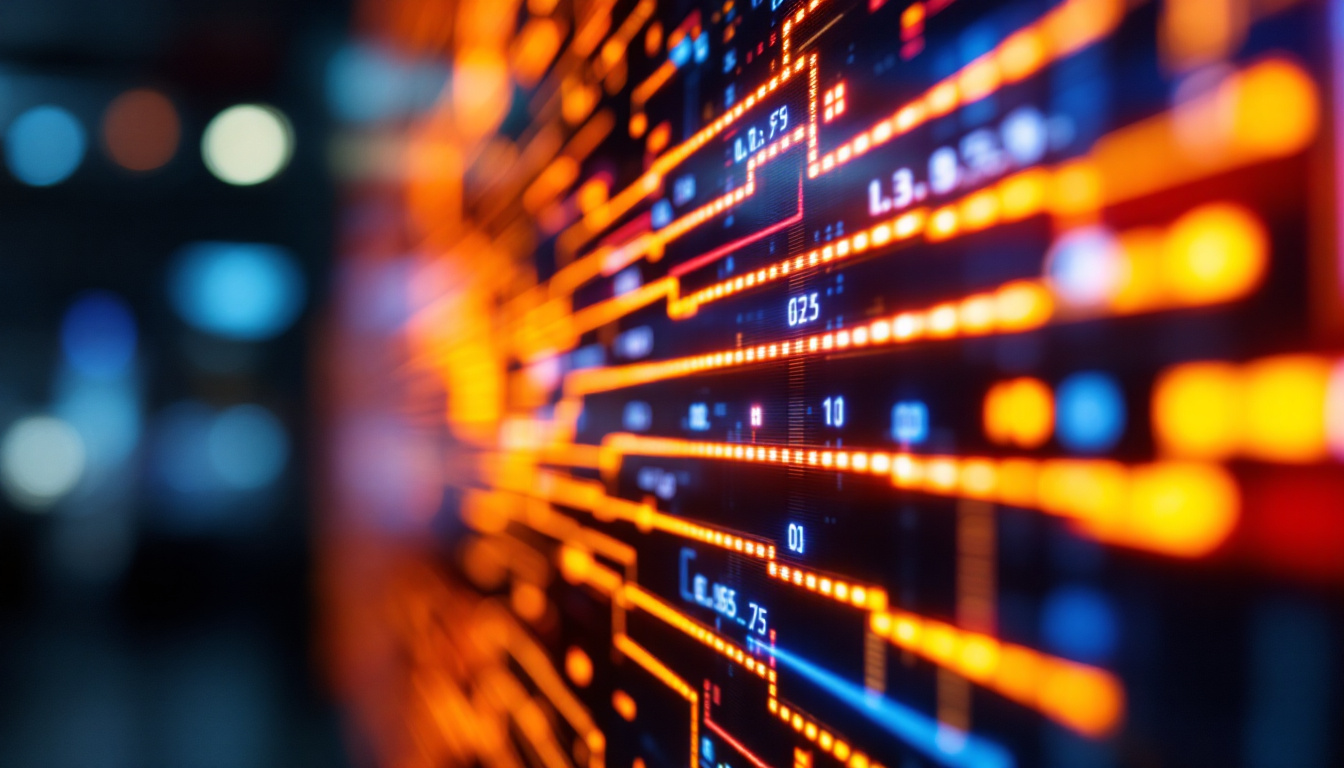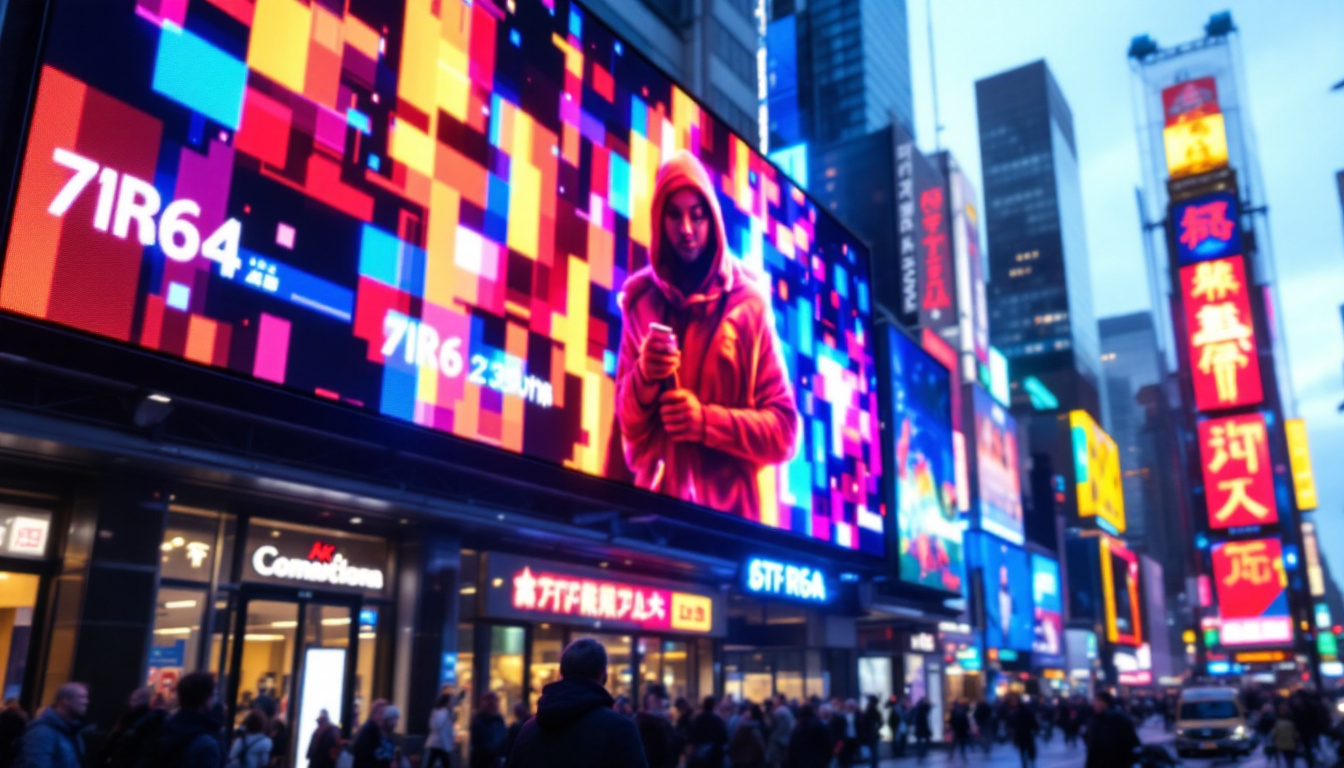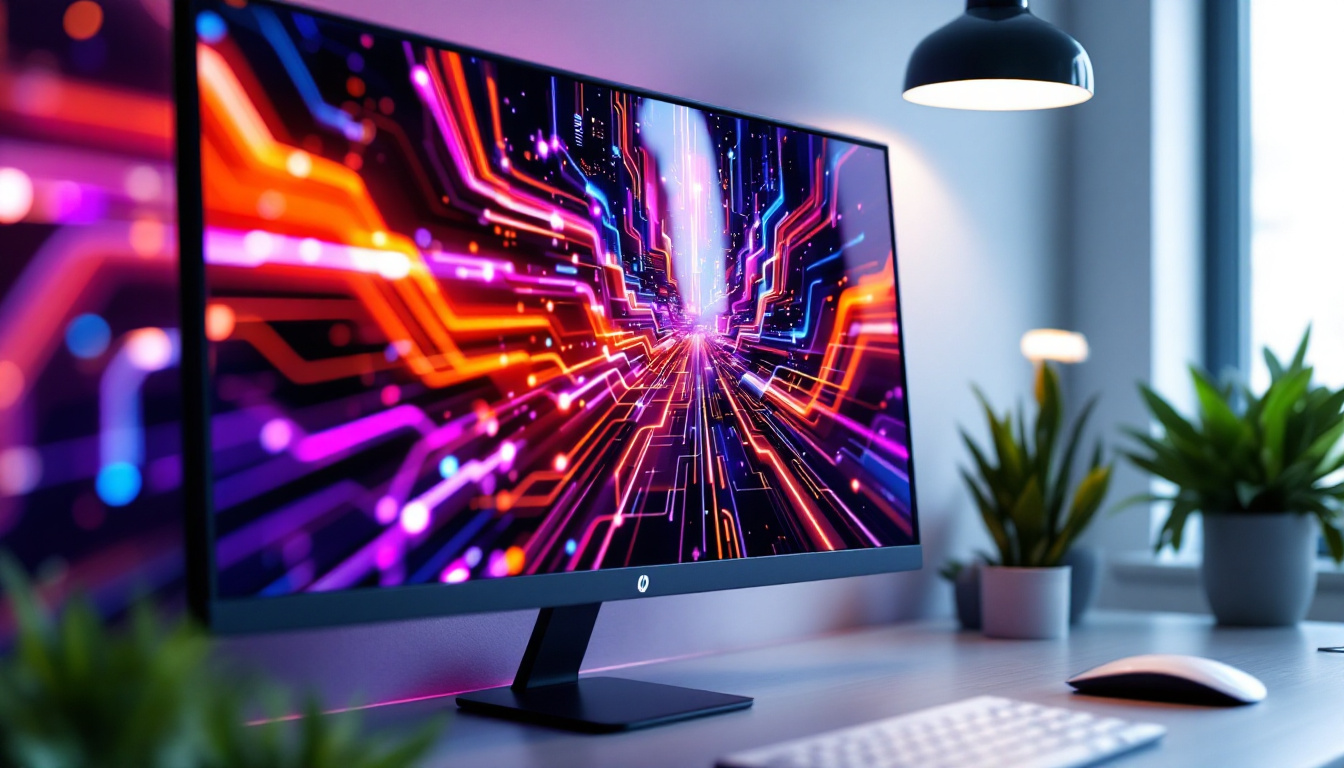In today’s digital age, the demand for high-quality visual displays has surged, leading to the widespread adoption of LED technology. The LED display, known for its brightness, energy efficiency, and versatility, has become a staple in various sectors, from advertising to entertainment. This article aims to provide a comprehensive understanding of LED displays, exploring their technology, applications, advantages, and future trends.
Understanding LED Technology
LED, or Light Emitting Diode, is a semiconductor device that emits light when an electric current passes through it. Unlike traditional incandescent bulbs, LEDs are more energy-efficient and have a longer lifespan. The fundamental principle behind LED technology involves electroluminescence, where electrons recombine with holes in the semiconductor material, releasing energy in the form of photons. This process not only contributes to the efficiency of LEDs but also allows for a wide range of colors to be produced by adjusting the materials used in the semiconductor. As a result, LEDs have revolutionized the lighting industry, paving the way for innovations in both residential and commercial applications.
Moreover, the compact size of LEDs enables them to be integrated into various designs, from intricate decorative lighting to large-scale displays. Their durability and resistance to shock and vibration make them suitable for a variety of environments, including outdoor settings where traditional bulbs might fail. The ongoing advancements in LED technology continue to enhance their performance, leading to developments such as smart LEDs that can be controlled via mobile applications, further expanding their versatility and functionality.
Components of an LED Display
An LED display comprises several critical components, including the LED modules, control systems, and power supplies. The LED modules are the building blocks of the display, containing numerous individual LEDs arranged in a grid. These modules work together to create a cohesive image or video output. The control system manages the display’s content, ensuring that the correct information is shown at the right time. Meanwhile, the power supply provides the necessary energy to keep the display operational. Each of these components plays a vital role in ensuring that the display functions seamlessly, delivering high-quality visuals that can captivate audiences.
In addition to these primary components, LED displays often incorporate advanced technologies such as image processing units and communication interfaces. Image processing units enhance the quality of the displayed content by adjusting brightness, contrast, and color balance in real-time. Communication interfaces enable the display to receive updates and commands from remote devices, allowing for dynamic content changes and interactive features. This integration of technology not only improves the user experience but also enhances the overall functionality of LED displays in various settings, from advertising to entertainment.
Types of LED Displays
LED displays come in various types, each designed for specific applications. The most common types include:
- Direct View LED Displays: These displays are made up of individual LEDs that are visible from a distance, making them ideal for outdoor advertising and large-scale events.
- LED Video Walls: Composed of multiple LED panels, video walls are used in venues such as concert halls and sports arenas to create immersive visual experiences.
- Backlit LED Displays: Often found in televisions and computer monitors, these displays use LEDs to illuminate an LCD panel, providing vibrant colors and improved contrast.
Additionally, there are specialty LED displays designed for niche markets, such as transparent LED displays that allow for creative advertising without obstructing views, and flexible LED displays that can be shaped to fit unique environments. These innovations showcase the adaptability of LED technology, making it a preferred choice for modern applications. As the demand for high-quality visual content continues to grow, the evolution of LED displays is likely to keep pace, introducing even more innovative solutions for consumers and businesses alike.
Applications of LED Displays
LED displays have found their way into numerous industries, revolutionizing the way information is presented and consumed. Their adaptability and performance make them suitable for a wide range of applications.
Advertising and Marketing
One of the most prominent uses of LED displays is in advertising. Billboards and digital signage equipped with LED technology can capture the attention of passersby with bright, dynamic content. Advertisers can easily update messages in real-time, allowing for targeted marketing campaigns that resonate with specific audiences. This flexibility not only maximizes engagement but also allows brands to respond to current events or trends, making their advertising more relevant and timely. Furthermore, the vivid colors and high contrast of LED displays ensure that advertisements stand out even in bright daylight, making them an effective choice for outdoor marketing.
Entertainment and Events
In the entertainment sector, LED displays play a crucial role in enhancing the visual experience. Concerts, festivals, and sporting events utilize large LED screens to display live feeds, graphics, and animations, creating an engaging atmosphere for attendees. The ability to produce high-resolution images and videos ensures that every detail is visible, regardless of the viewing distance. Beyond just visuals, LED displays can also be synchronized with sound systems to create immersive experiences that captivate audiences. For instance, during a live concert, the interplay between the music and the visual effects on the LED screen can elevate the overall performance, leaving a lasting impression on attendees.
Transportation and Public Information
LED displays are also widely used in transportation systems to provide real-time information to passengers. Train stations, airports, and bus terminals utilize LED boards to display arrival and departure times, gate information, and other essential updates. This instant communication helps streamline operations and enhances the overall travel experience. Additionally, LED displays can be programmed to show emergency alerts or safety information, ensuring that travelers are informed of any critical updates. Their energy efficiency and longevity make them a cost-effective solution for public transportation authorities, allowing for continuous operation with minimal maintenance. As cities evolve, the integration of LED technology into smart transportation systems is becoming increasingly prevalent, paving the way for a more connected and informed travel experience for everyone.
Advantages of LED Displays
The popularity of LED displays can be attributed to their numerous advantages over traditional display technologies. Understanding these benefits can help organizations make informed decisions when considering display solutions.
Energy Efficiency
One of the most significant advantages of LED displays is their energy efficiency. LEDs consume considerably less power than incandescent or fluorescent lights, leading to lower electricity bills and a reduced carbon footprint. This energy efficiency is particularly beneficial for large-scale installations, where the cumulative energy savings can be substantial.
Longevity and Durability
LED displays are designed to last. With a lifespan of up to 100,000 hours, they far outlast traditional displays. This durability translates into lower maintenance costs and fewer replacements, making them a cost-effective choice in the long run. Additionally, LED technology is resistant to shock and vibration, making it suitable for outdoor and high-traffic environments.
High Brightness and Visibility
LED displays are known for their exceptional brightness, making them easily visible in various lighting conditions. This feature is particularly important for outdoor applications, where sunlight can wash out the visibility of traditional displays. The high contrast ratios and vibrant colors of LED technology ensure that content remains clear and engaging, regardless of the environment.
Challenges and Considerations
While LED displays offer numerous benefits, they are not without challenges. Organizations must consider various factors when implementing LED technology to ensure optimal performance and return on investment.
Initial Costs
The initial investment for LED displays can be significant, especially for large-scale installations. Organizations must weigh the upfront costs against the long-term savings associated with energy efficiency and reduced maintenance. A thorough cost-benefit analysis can help determine whether the investment is justified.
Heat Management
LED displays generate heat during operation, which can impact performance if not managed properly. Effective heat dissipation systems are essential to maintain optimal operating temperatures and prolong the lifespan of the display. Organizations should work with manufacturers to ensure that appropriate cooling solutions are in place.
Content Management
Creating and managing content for LED displays can be complex, particularly for dynamic and interactive applications. Organizations may need to invest in content management systems and skilled personnel to ensure that the display content is engaging and relevant. Regular updates and maintenance are crucial to keeping the display fresh and appealing to viewers.
Future Trends in LED Display Technology
The LED display industry is continually evolving, with advancements in technology paving the way for new applications and capabilities. Understanding these trends can help organizations stay ahead of the curve and leverage the latest innovations.
MicroLED Technology
MicroLED technology represents the next generation of LED displays, featuring smaller individual LEDs that can create higher pixel densities. This advancement allows for ultra-high-definition displays with improved color accuracy and contrast. MicroLED displays are expected to become increasingly popular in consumer electronics, such as televisions and smartphones, as well as in commercial applications.
Flexible and Transparent Displays
Another exciting trend is the development of flexible and transparent LED displays. These innovative displays can be bent or shaped to fit various surfaces, opening up new possibilities for creative installations. Transparent displays can be integrated into windows and storefronts, allowing for seamless advertising while maintaining visibility into the space.
Integration with IoT and AI
The integration of LED displays with the Internet of Things (IoT) and artificial intelligence (AI) is set to revolutionize how content is delivered and managed. Smart displays can analyze viewer behavior and preferences, enabling personalized content delivery. This level of interactivity and customization can significantly enhance user engagement and satisfaction.
Conclusion
LED displays have transformed the way information is communicated and consumed across various industries. Their energy efficiency, durability, and versatility make them an attractive option for organizations looking to enhance their visual presence. As technology continues to advance, the future of LED displays looks promising, with innovations that will further expand their applications and capabilities.
Understanding the technology, applications, advantages, and challenges of LED displays is crucial for organizations considering this investment. By staying informed about the latest trends and developments, businesses can leverage LED technology to create impactful visual experiences that resonate with their audiences.
Discover LumenMatrix’s Innovative LED Solutions
Ready to elevate your visual communication with the latest in LED display technology? Look no further than LumenMatrix, where innovation meets excellence. Our extensive range of LED display modules, from Indoor and Outdoor LED Wall Displays to specialized solutions like Vehicle LED Displays and LED Sports Displays, is designed to captivate your audience and amplify your brand’s message. Embrace the future with our Custom, All-in-One, and Transparent LED Displays, and experience the transformative power of cutting-edge digital signage. Check out LumenMatrix LED Display Solutions today and join the visual revolution.


